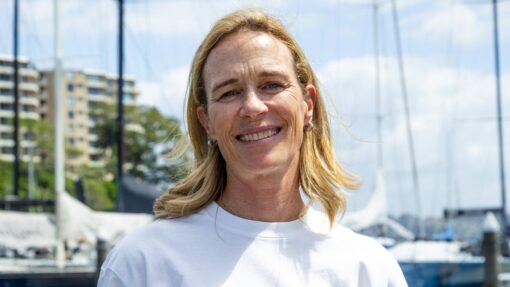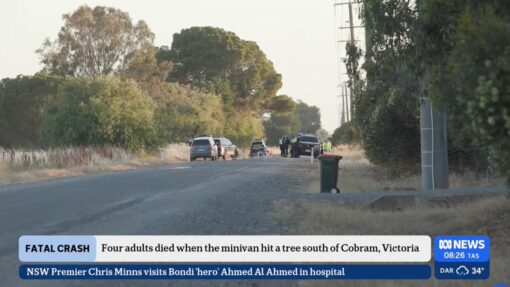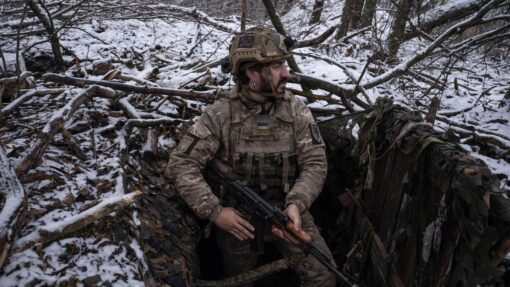Floodwaters ‘as far as eye can see’ hamper recovery
Robyn Wuth |
Floodwaters stretched “as far as the eye can see” in Queensland’s northwest are delaying people returning to their homes amid calls for the army to be deployed to kick-start the recovery.
Three-quarters of the homes in Burketown, on the Gulf of Carpentaria, have water over their floorboards while the Barkley Hwy, the major road link between Queensland and the Northern Territory, is set to be shut for repairs for a least a week.
Food and other essentials are being flown into Burketown, Gregory, Doomadgee, Karumba, Normanton and outlying cattle stations by helicopter or shipped by barge.
Premier Annastacia Palaszczuk says the deluge is slowly receding but some communities will remain isolated indefinitely.
“Sadly, many properties have been flooded and we can expect significant damage, as well as widespread stock and wildlife losses,” she told parliament on Tuesday.
“Floodwaters are slowly receding. However, they will remain above major flood levels for much of this week, leaving some towns isolated for some time.”
The Albert River at Burketown rose well above the record 6.78m in March 2011 and the Nicholson River reached 8.54m at Doomadgee, a height only eclipsed by all-time record of 9.15m in 1974.
Burketown residents have been warned to avoid walking or swimming in floodwaters because of the risk of crocodiles, bacteria and submerged hazards.
Cattle Australia chair David Foote says many producers whose herds were decimated in the 2019 floods have been smashed again.
“The scale of these floods is unprecedented, with property after property underwater, as far as the eye can see,” Mr Foote said.
The cattle industry would need ongoing financial assistance to get back on its feet, he said, while calling for fuel suppliers, grocers, stock feed and pet food suppliers to prioritise delivery and consider extended credit terms to those hardest hit.
The federal and state governments are offering disaster funding of up to $180 for individuals or $900 for families to cover personal essentials, while loans for primary producers and small businesses of up to $250,000 are also available.
Opposition Leader David Crisafulli called for people to consider volunteering or donating after speaking with Carpentaria Shire Mayor Jack Bawden.
“He made the point to me that if this was to happen in a more populated area, there would be truckloads of people there looking to give assistance, both from a moral and a financial point,” he told parliament.
“And we need to let them know that just because they’re remote, it doesn’t mean that they don’t count far on the part of the country.”
Federal Senator Susan McDonald, who grew up on a cattle station near Cloncurry, called for the army to be deployed to kick-start the recovery and to help feed stranded stock.
“We need Chinook helicopters dropping fodder and if the Army is to be deployed, we need mechanics to help restore power from farm generators and diesel fitters to get farm vehicles going again, both of which have been underwater,” the senator said.
“There aren’t enough services in the northwest for this to happen using local businesses alone.”
A longer monsoon driven by La Nina has toppled rainfall records – Century Mine northeast of Mount Isa recorded 754mm in the month of March – and isolated communities in northwest and western Cape York since December.
More rain has been forecast with flood warnings in place for Albert, Nicholson, Gregory, Leichhardt and Flinders rivers.
The Bureau of Meteorology has also warned there’s a moderate chance that a tropical cyclone could form in the Coral Sea on Monday.
AAP


